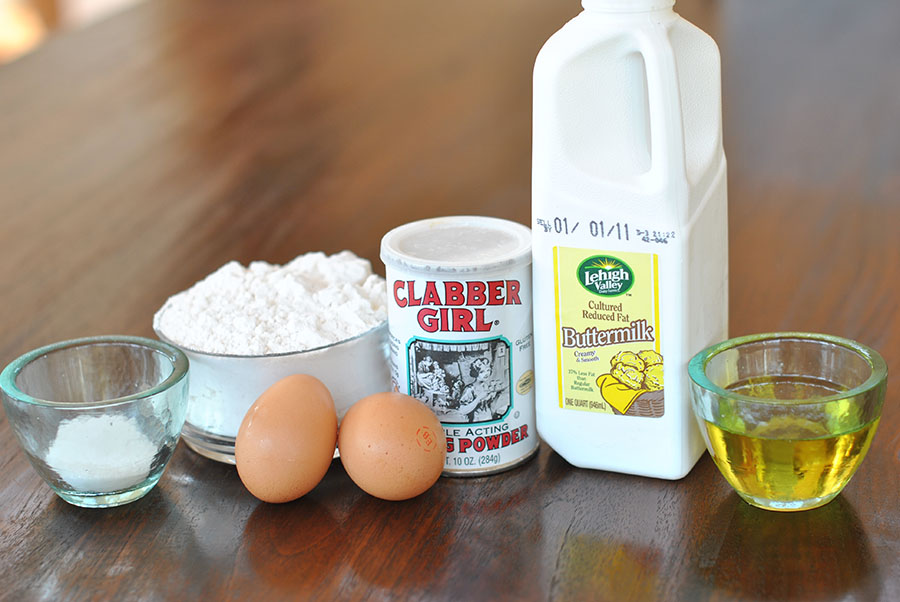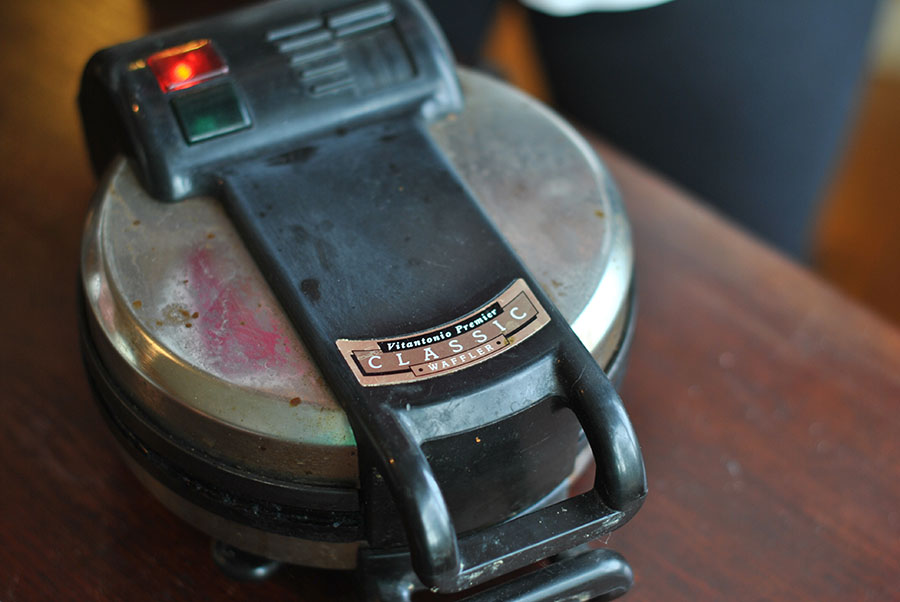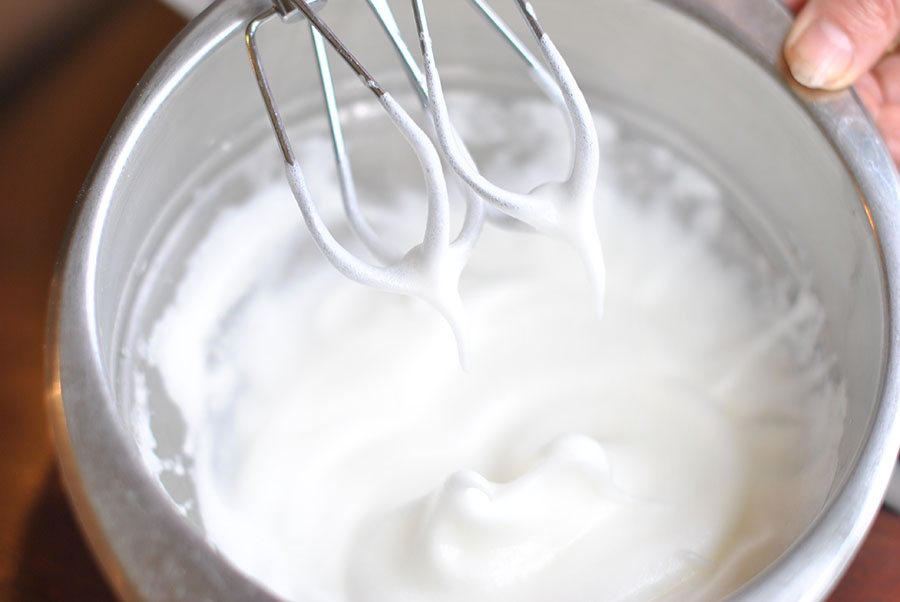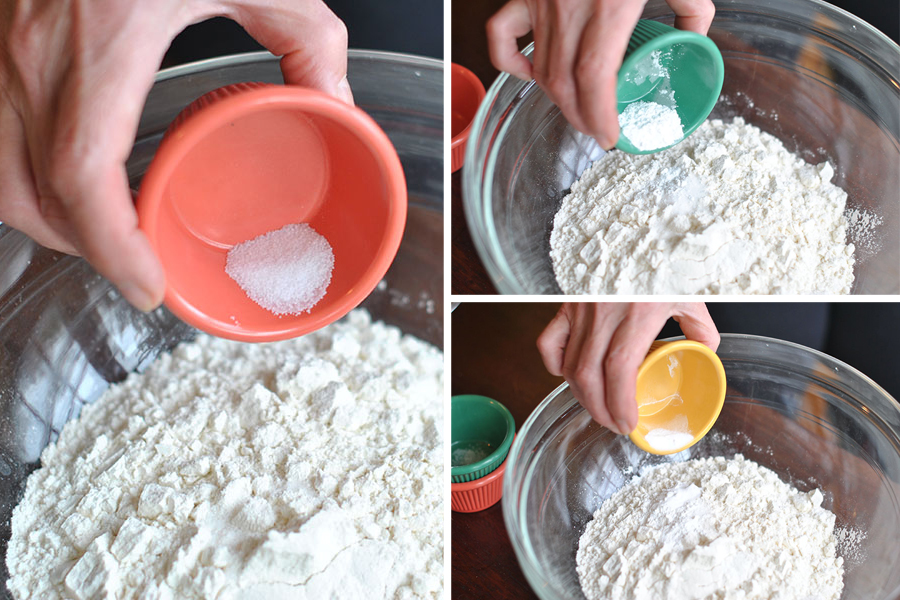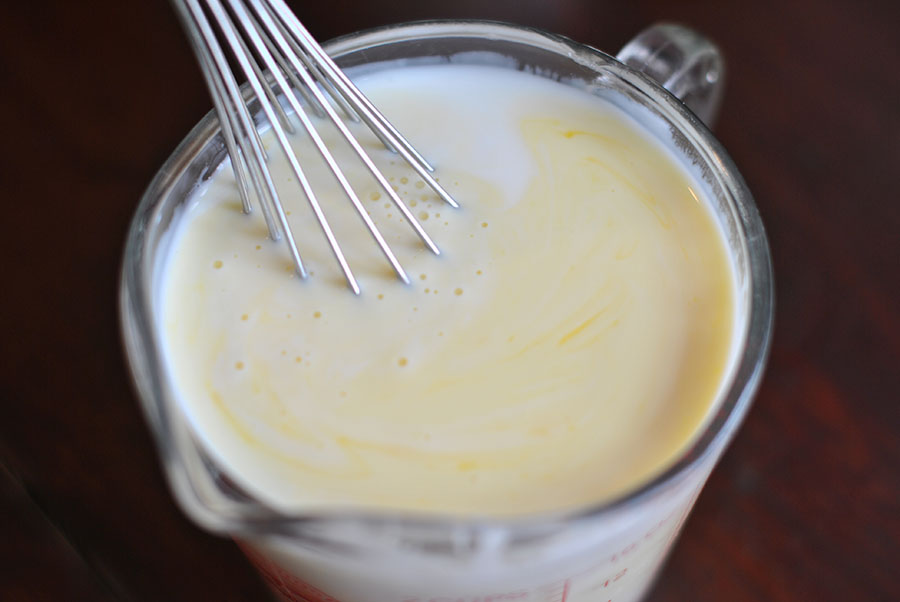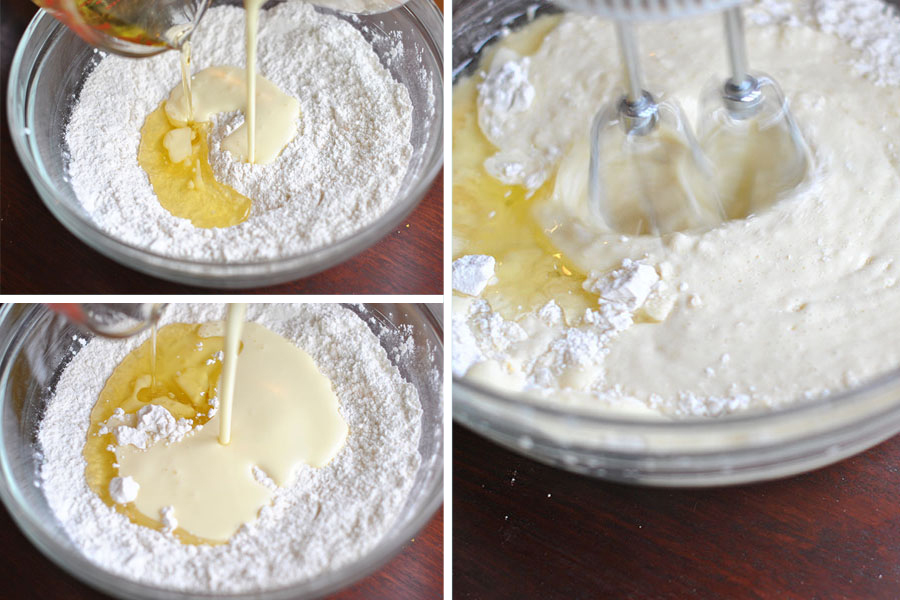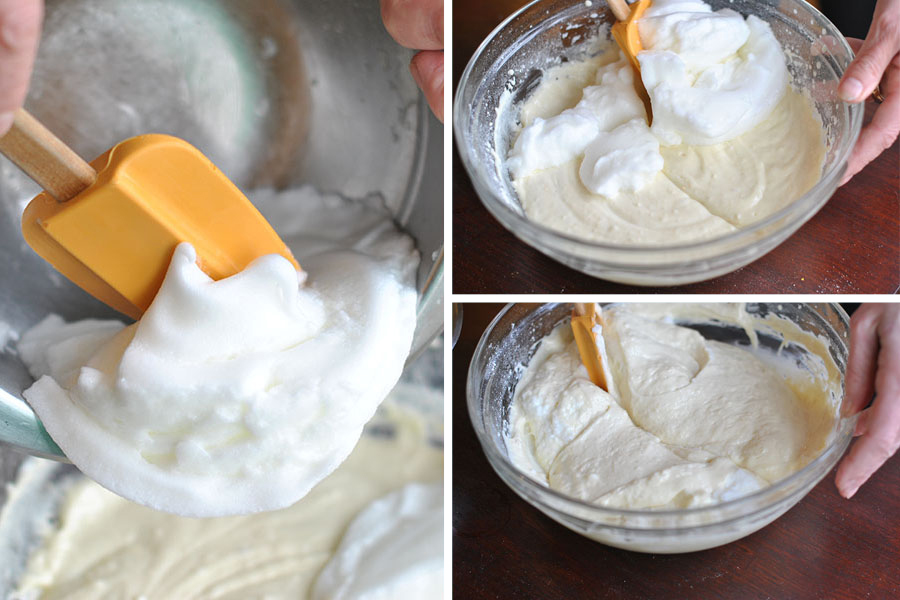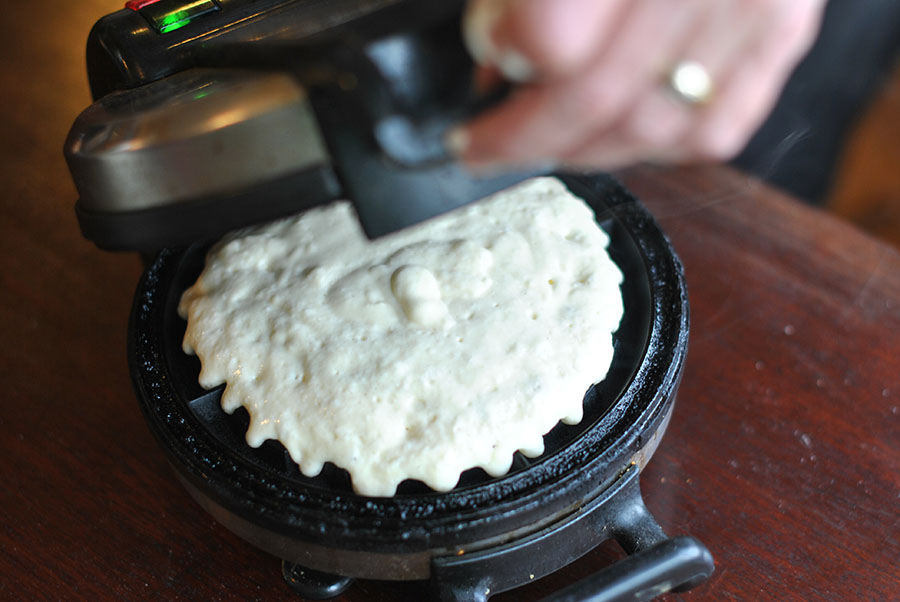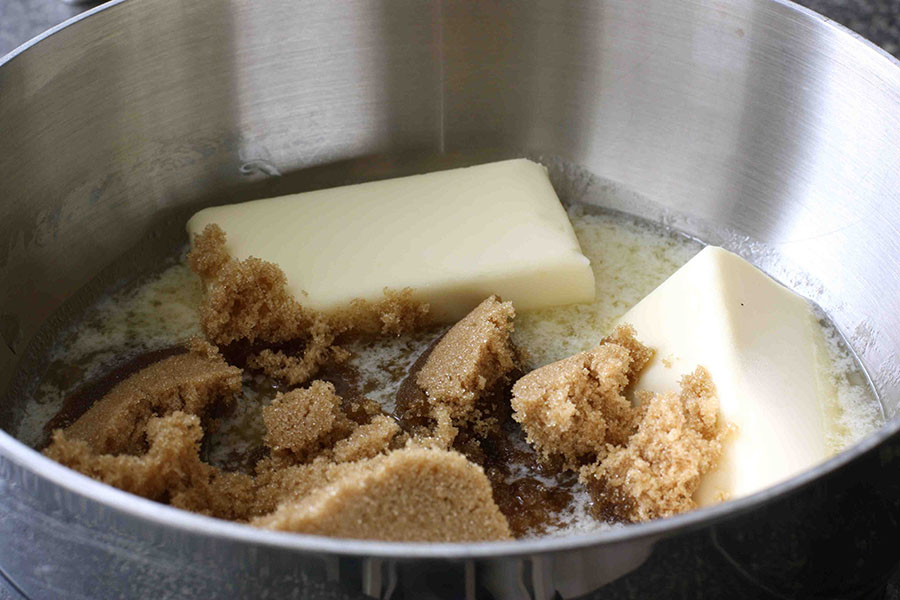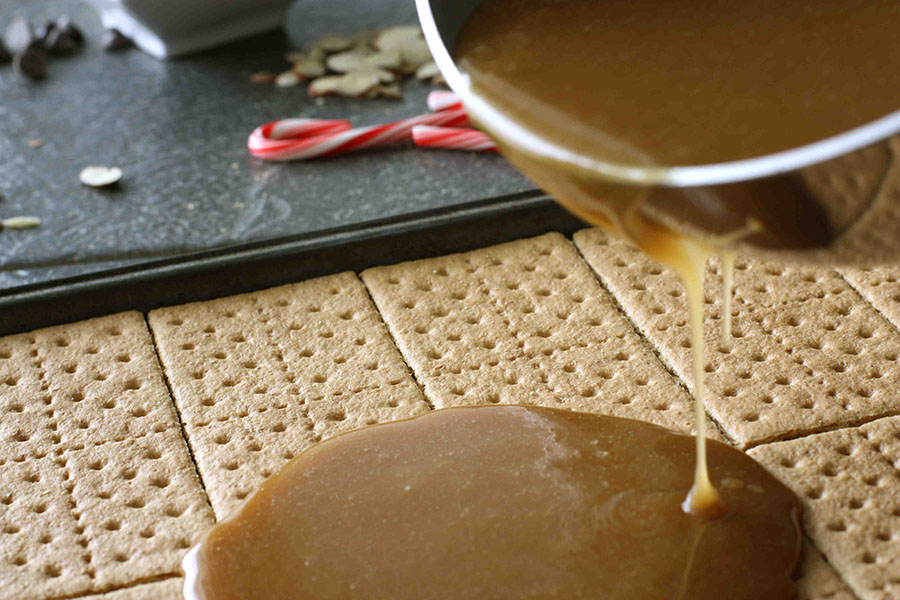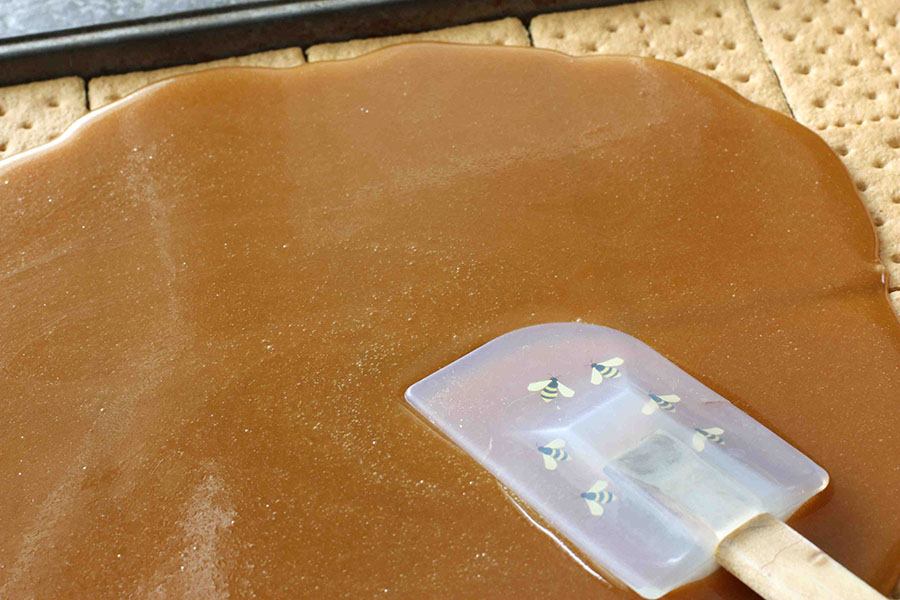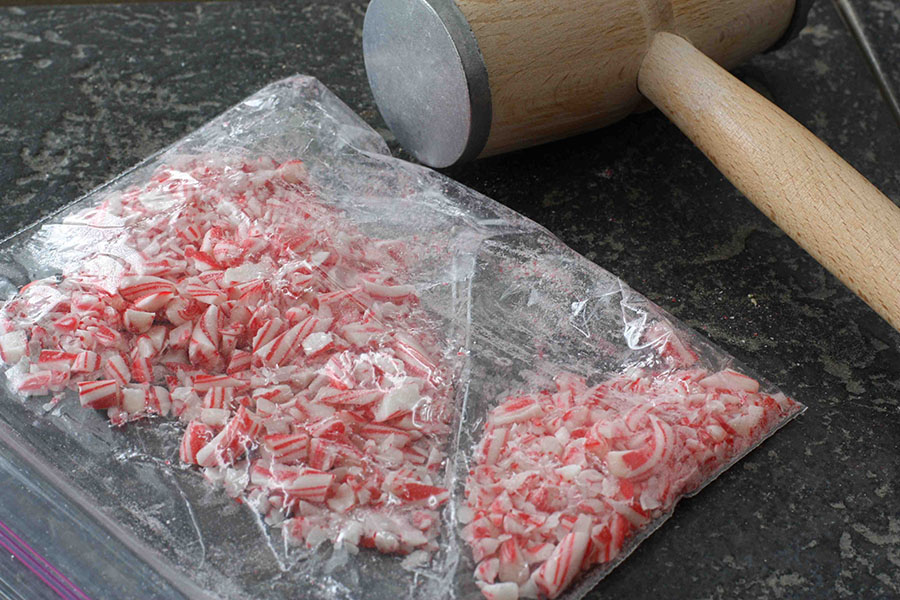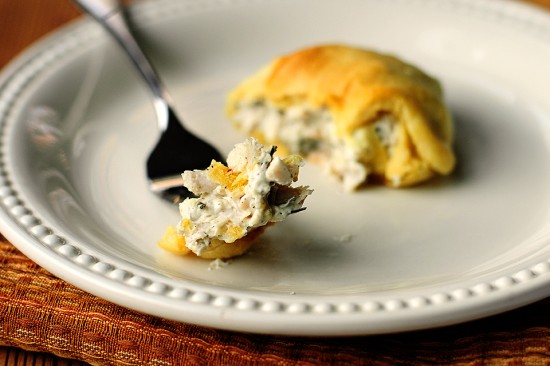Maybe you’ve passed by pomegranates in the grocery thinking they’re much too exotic and pricey for your tastes. A couple of years ago, I found my friend Sallie munching on the bright red arils, or seeds, from the pomegranate. Since I’d only used pomegranate juice in teas and recipes, I talked to her for a moment about the pomegranate. Sallie said she loved when pomegranate season rolled around, greatly reducing the price while increasing the availability. She told me how she’d take one to work for a snack.
I was like, wha?! A snack? I can hardly open the thing. I’d have red juice everywhere and would’ve grabbed a pack of Ho-Hos by the time I got the seeds out.
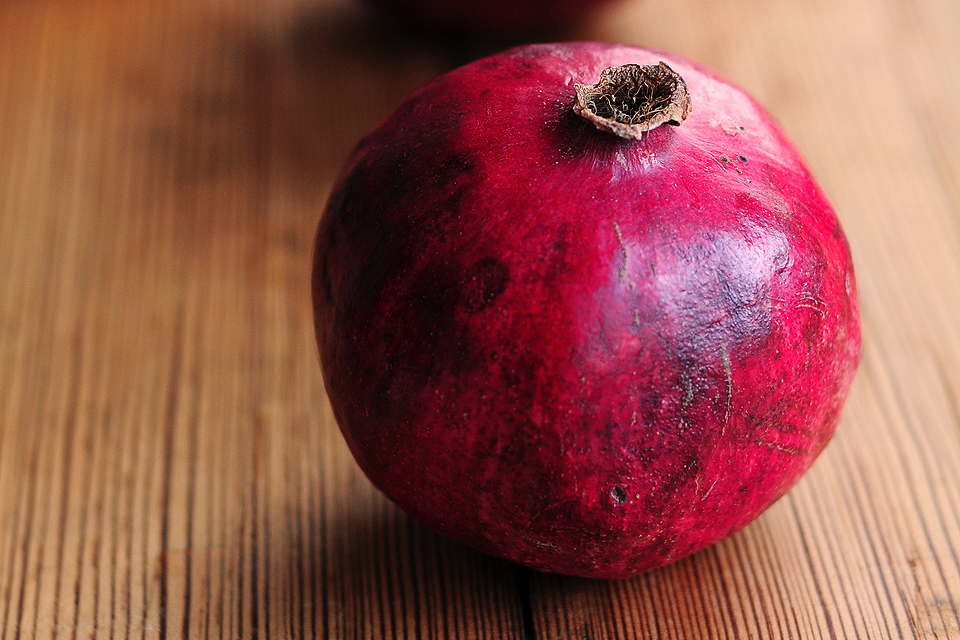
Besides, it seemed so exotic. And sometimes Jalapéno Cheetos are as exotic as I can get. Yeah, I’m not typically a healthy snacker.
Just keepin’ it real, folks.
But seeing Sallie, the woman who can swim three laps to my one … Sallie who is ten years my senior but who could easily pass as my younger sister … Sallie who eats pomegranates for a snack … I’m thinking Sallie may be on to something.
So, on my next trip to the grocer I picked up a few to give it a go. When I got home I did a little checking, first on the pomegranate and second how to approach the strange-looking fruit. Sakes alive, have you ever read about the pomegranate? Truly an amazing fruit.
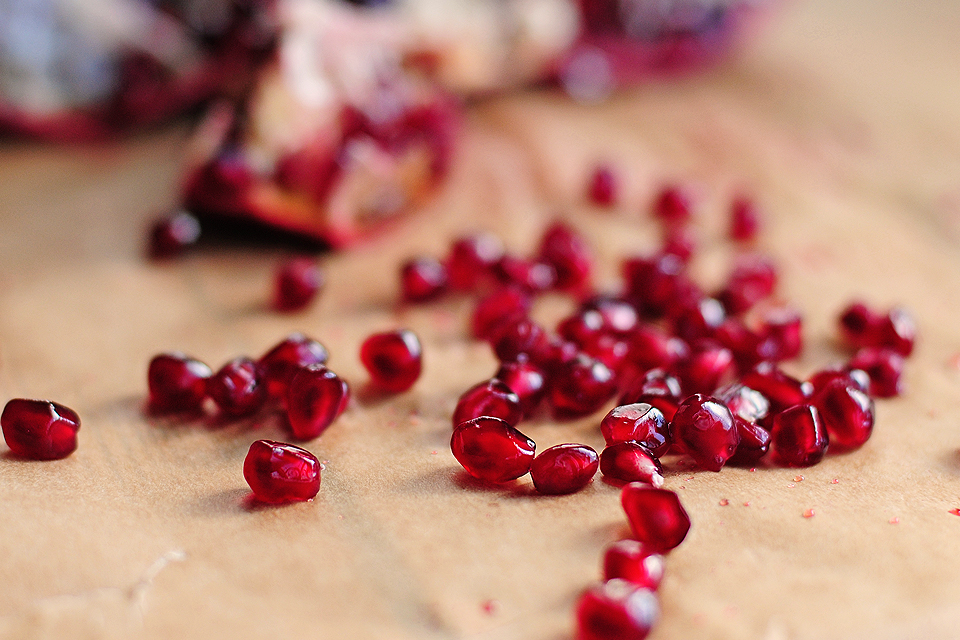
And have you ever opened one? They really are unbelievable. Pictures don’t do it justice. The vibrant red, ruby looking seeds are a marvel. And pretty tasty too. Not to mention that pomegranate seeds and the juice are a great addition to many recipes. The arils burst with a sweet, tart flavor, ending with a crunch. They’re to be enjoyed whole, seed and all.
Plus, the possible health benefits alone make the price of this fruit seem not so expensive. These include the antioxidant benefits of helping keep bad cholesterol from developing further, preventing blood platelets from forming clots (similar to aspirin), and even helping reduce inflammation, which can aid in treating arthritis. At least, what’s what I read in the American Journal of Clinical Nutrition and the American Journal of the College of Cardiology.
These are just a few of the possible benefits from the pomegranate that I ran across. Do a thorough check yourself. You may be surprised at what you find.
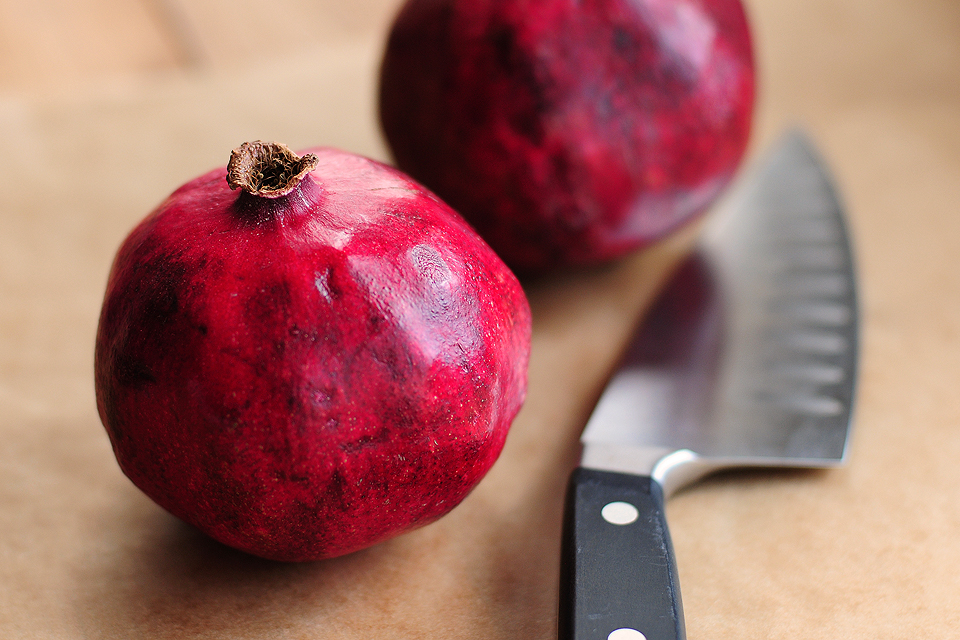
There seems to be a variety of recommended ways to open a pomegranate. I’ve tried a few, but have two that I prefer. Wanna see?
Before beginning, I’d recommend—unless you own a red cutting board—laying parchment paper or paper towels out on the surface where you’ll be cutting. I’ve found that no matter how careful you are, unless you’re a professional pomegranate opener-upper, it’s difficult to avoid the juice splattering. Also, have a medium-large bowl filled halfway with cold water ready.
On to the two ways I get to the goodness.
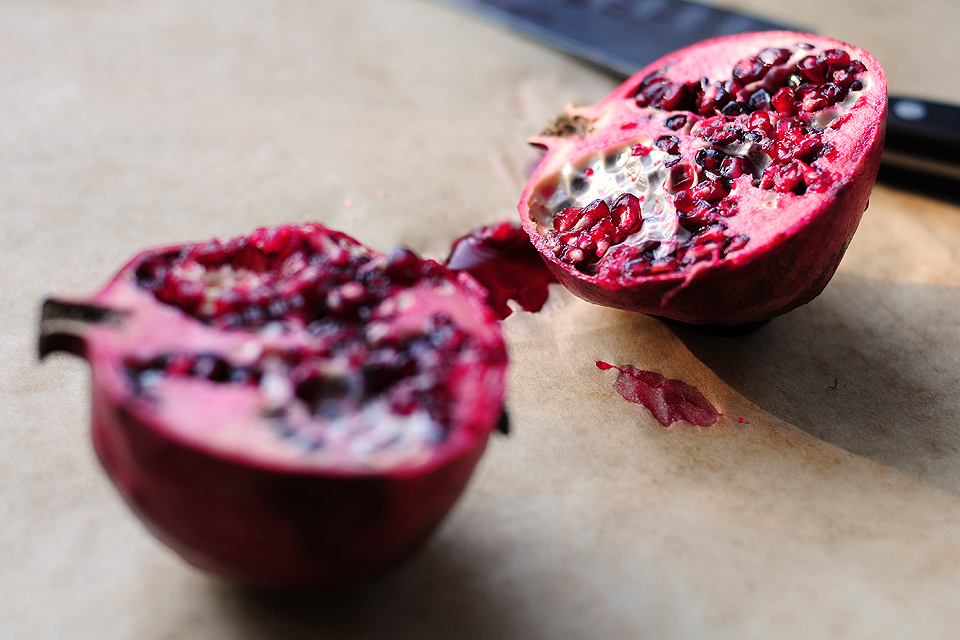
The first way: halve the pomegranate, cutting it from top to bottom.
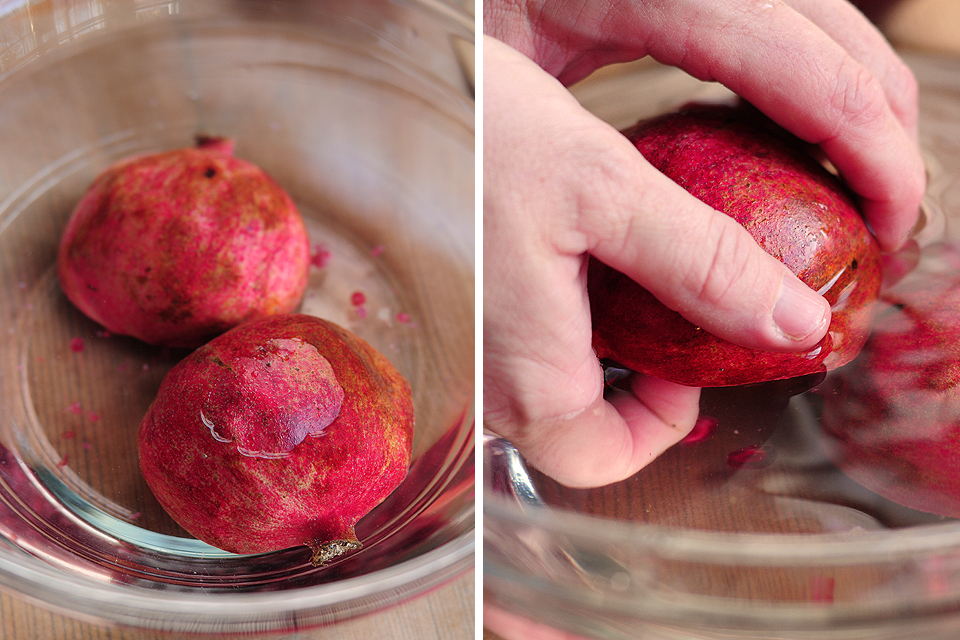
Place both halves in the water. Working with one half face down, using your fingers, gently coax the seeds out.
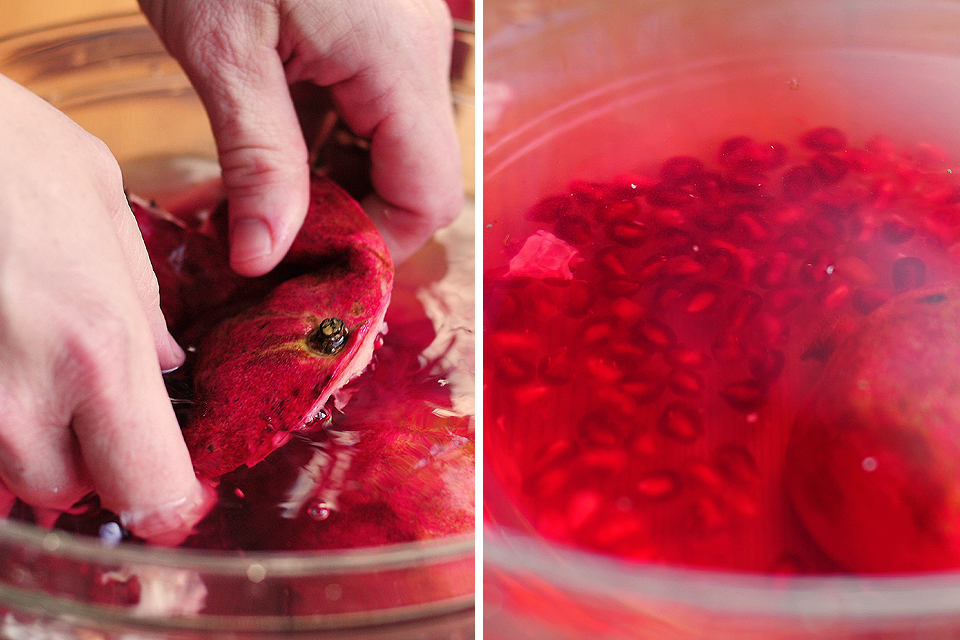
Eventually you’ll be able to turn the pomegranate peel inside out to extract those closest to the outer skin. The seeds will sink to the bottom, while the white pith floats. Skim off the white pith and strain the water out.
The second way to cut a pomegranate is my favorite. It requires more cutting but I think is less messy in the long run.
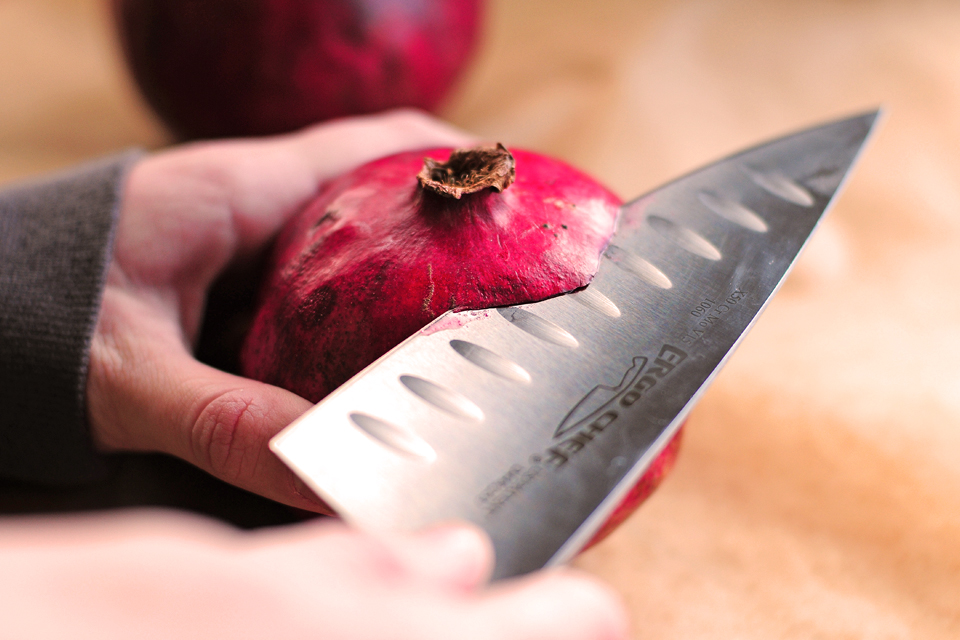
Start by gently cutting a circle around the top of the pomegranate, just barely piercing the skin. (Of course you can use a much smaller knife than this one. A small paring knife should work well.)
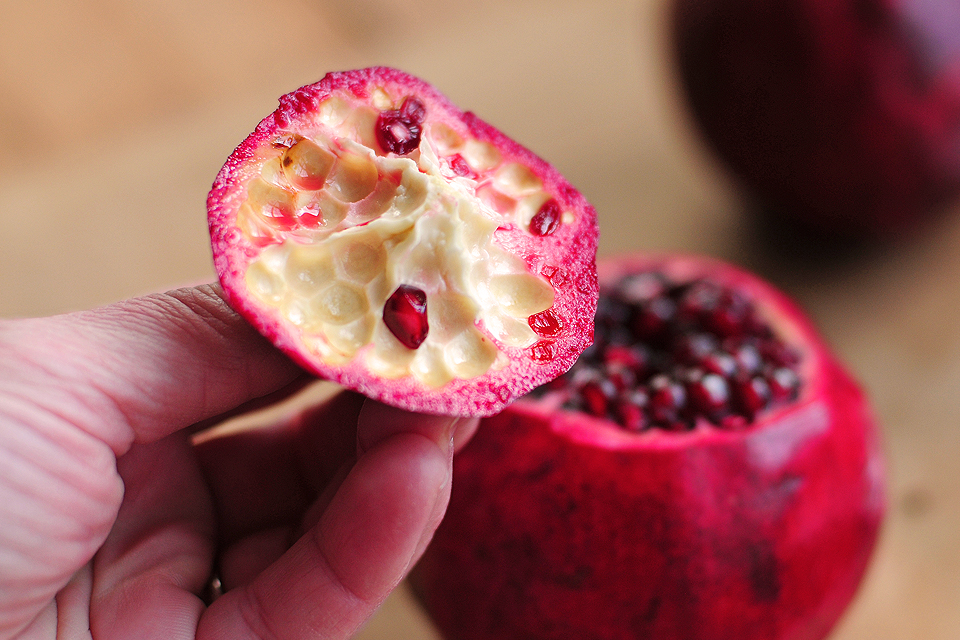
The idea is to take the top off without popping any of the seeds, like this.
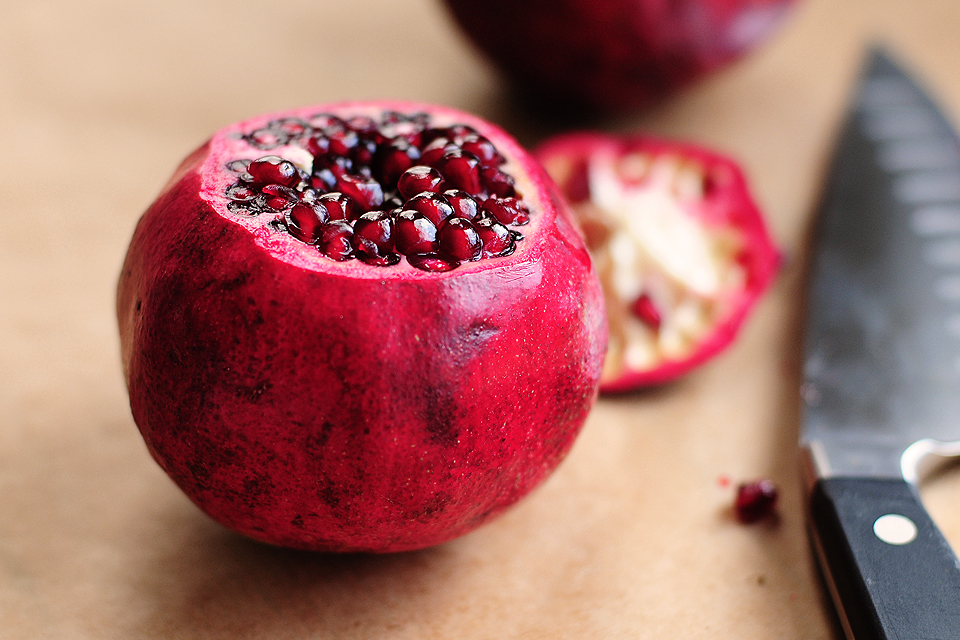
As you can see, I cut a few seeds. I could use some more practice. But how pretty is that? It’s like a little bowl of jewels.
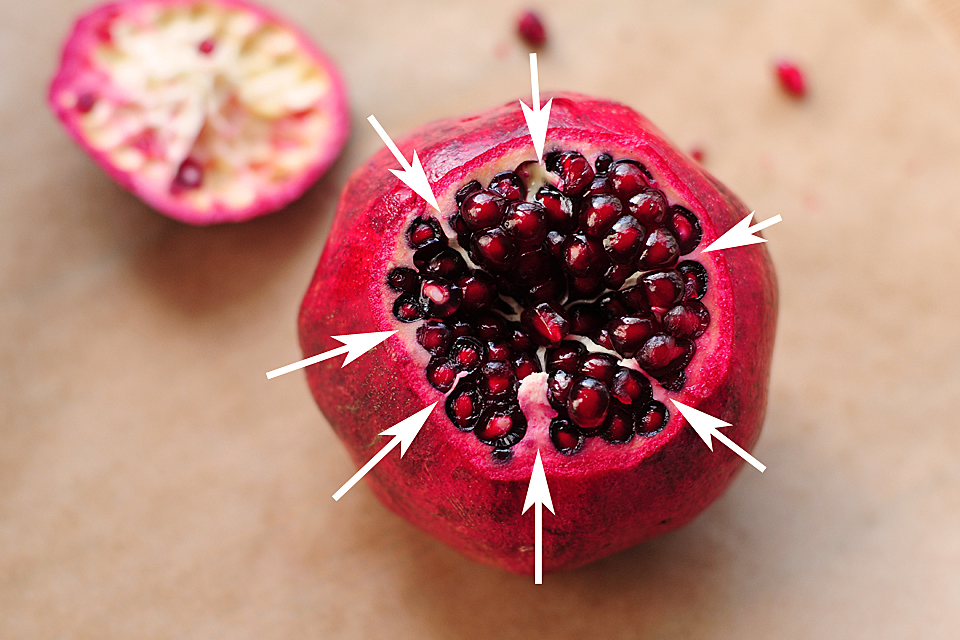
Once the top is off, you can easily see the different sections of the pomegranate. There should be six different “chambers,” roughly the same size. See the white pithy areas separating each section?
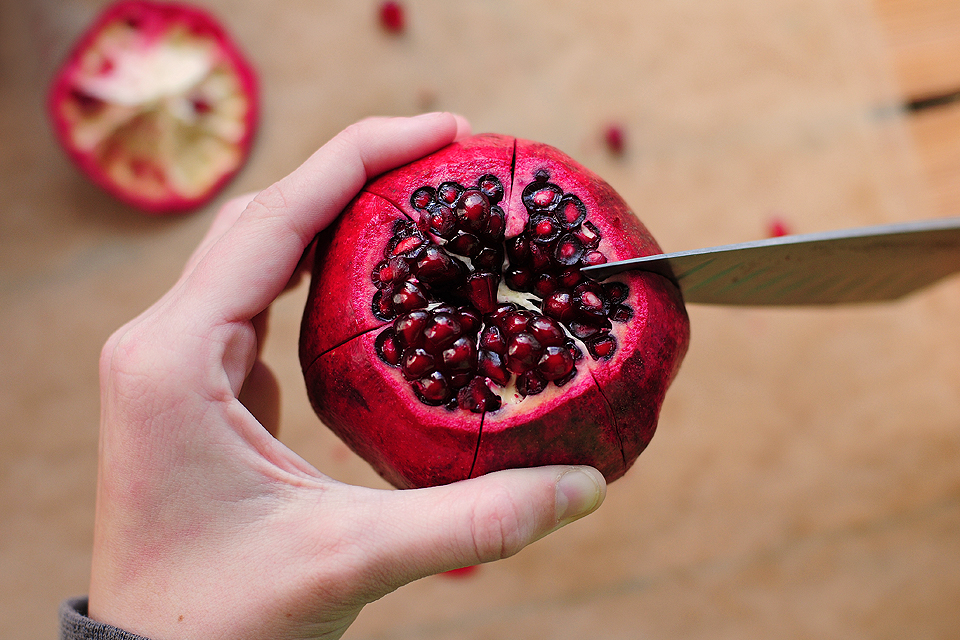
Using those pithy dividers as a guide, and, again, gently piercing the skin of the fruit but not cutting all the way through, cut down the sides of the pomegranate following where the individual sections seem to be. You’ll make six different cuts working around the pomegranate.

Next, gently pry open the pomegranate.

It opens up like a beautiful gift revealing all the tasty jewels inside. Simply an amazing fruit, huh?
To remove the seeds, either gently pick them out or repeat the steps above with the bowl of water.
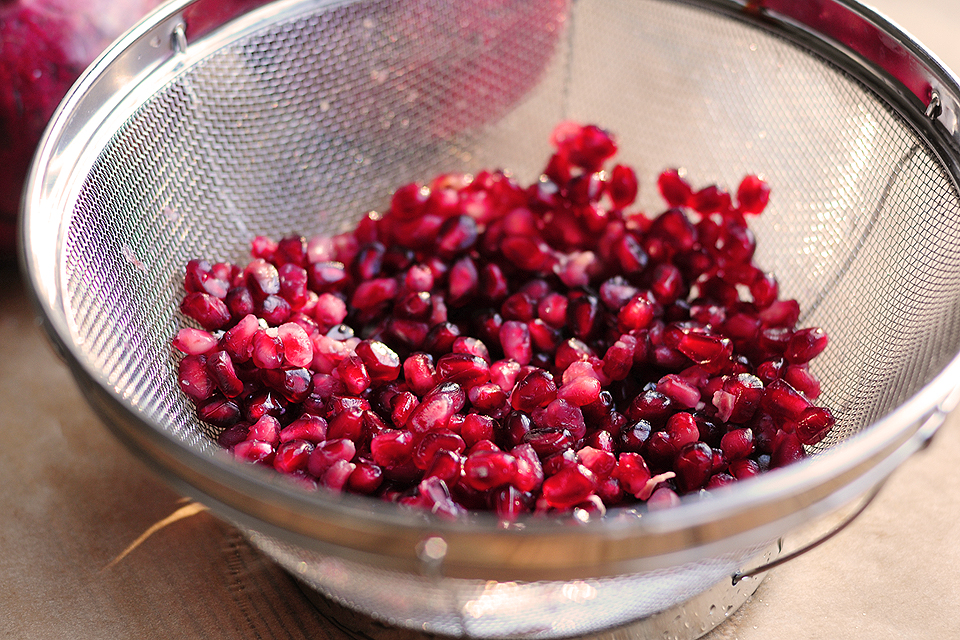
All of these seeds are from a single pomegranate. One pomegranate holds hundreds of these little beauties. A handy tip to remember when purchasing pomegranates is the heavier the pomegranate, the more seeds it will have.
So there you go. Next time you’re in the grocery store, grab one of these babies and take it home for a snack, or as an addition to a recipe. Be sure to let me know how it goes. And a big thanks to my friend Sallie for turning me on to this super fruit!
_______________________________________
Amy Johnson is a blogger who writes about food, travel, the home (both inside and out), and various observations and random musings about anything and everything. Visit her blog She Wears Many Hats for a dose of deliciousness, practicality, hilarity, or just plain fun. She lives in South Carolina with her husband and two children.
















